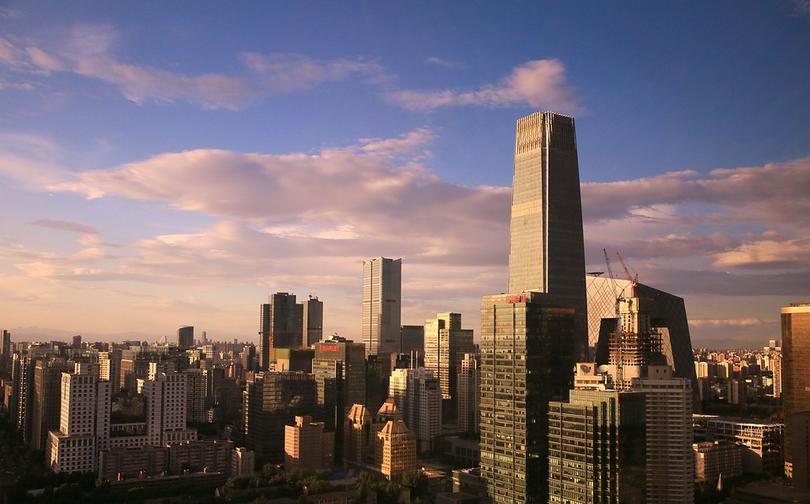The booming population of China's financial hub is currently fretting over the "big city disease" that has struck the city.
According to authorities, Shanghai will now limit its population to 25 million people by the year 2035 as part of a mission to manage the scare from the said disease.
Reports coming from the State Council on its website late on Monday says that the goal to control the size of the city was part of Shanghai's masterplan for 2017-2035, which the government body had approved.
"By 2035, the resident population in Shanghai will be controlled at around 25 million and the total amount of land made available for construction will not exceed 3,200 square kilometers," it said.
As of now, state media has defined "big city disease" as ascending when a megacity becomes plagued with environmental pollution, traffic congestion and a shortage of public services, including education and medical care.
However, according to some experts, they doubt the feasibility of the plans, with one researcher from a Chinese government think-tank describing the scheme as "unpractical and against the social development trend".
And to add to that, migrant workers and the city's poor would suffer the most, predicted by expert Liang Zhongtang last year in an interview with state media, when Shanghai's target was being drafted.
The government set a similar limit for Beijing in September, declaring the city's population should not exceed 23 million by 2020. Beijing had a population of 21.5 million in 2014. Officials also want to reduce the population of the city's six core districts by 15% compared with 2014 levels.
To help attain this goal, the authorities said in April that some government agencies, state-owned companies and other "non-core" functions of the Chinese capital would be moved to a newly created city about 100 kilometers south of Beijing.
An exact date for when those offices will have to move has not been set, but Beijing officials have already begun reshaping the city's population.
Tens of thousands of migrant workers were evicted from their homes beginning in November after authorities launched a 40-day crackdown on unsafe buildings in the wake of a fire.
Many of China's big cities also face surging house prices, stirring fears of a property bubble. Beijing and Shanghai have enacted strict rules on who can purchase properties and the two cities are the most vulnerable if prices begin to tumble.
Shanghai had a permanent population of 24.15 million at the end of 2015 according to the report of Xinhua last year.
The city has also said it would intensify efforts to protect the environment and historic sites, as part of its masterplan.








